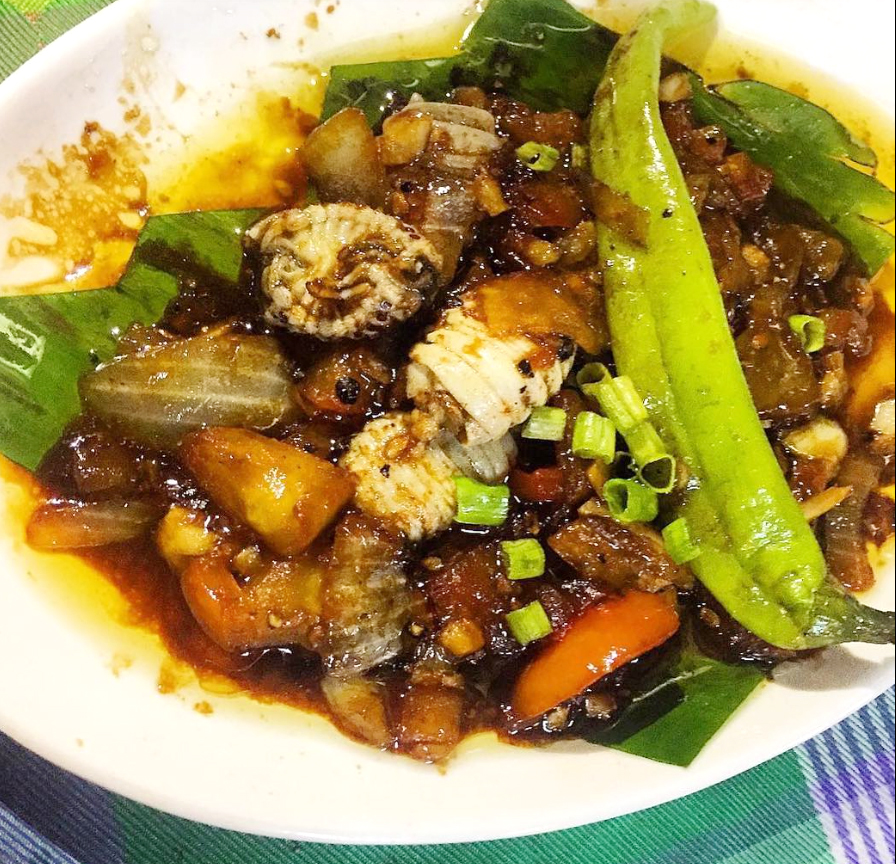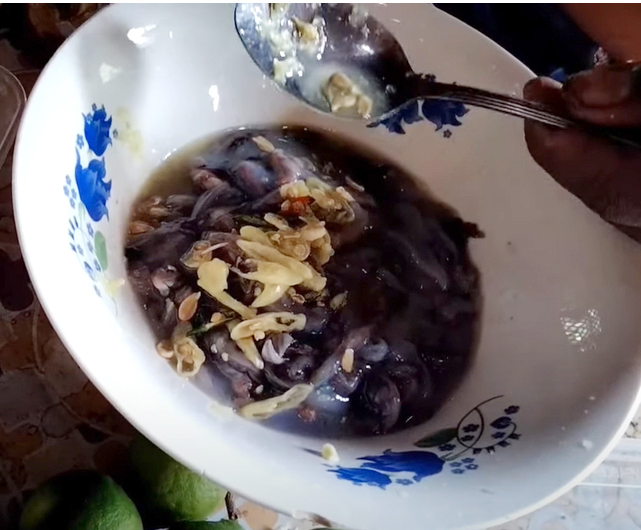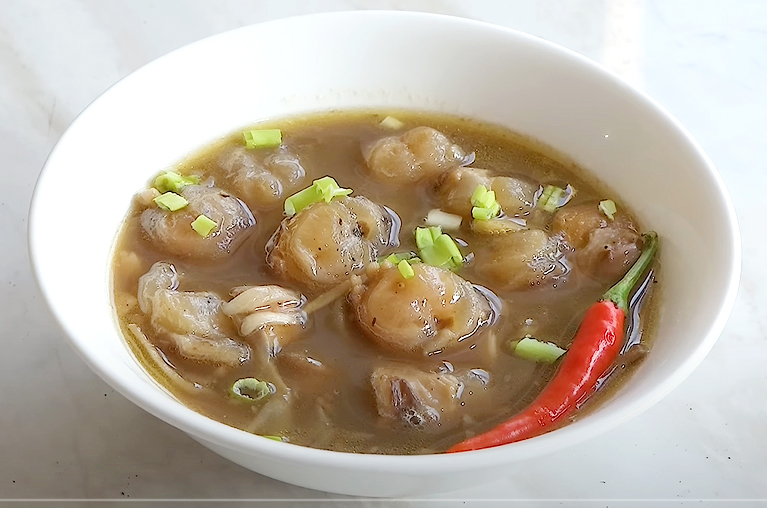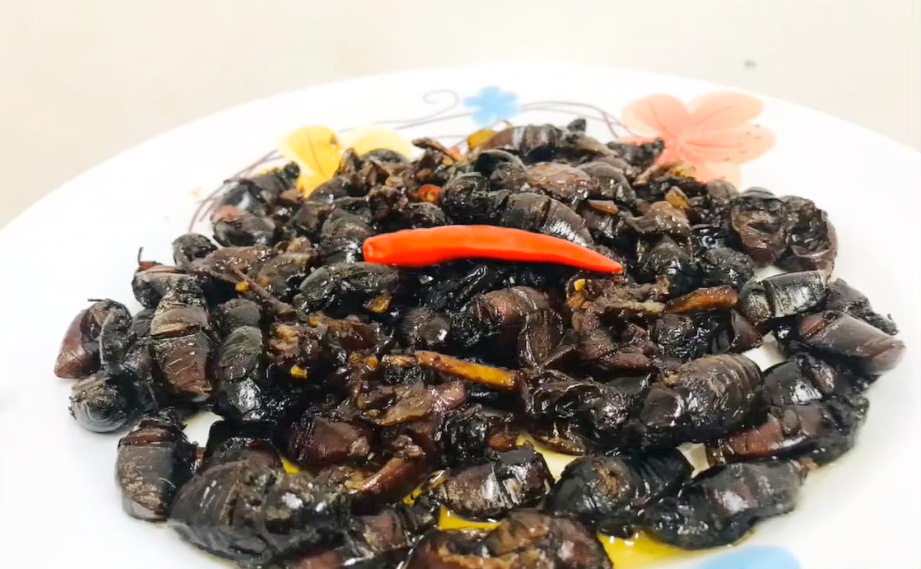Bucketlist Pinoy food edition
No one's impressed you've tried balut, these however…
At A Glance
- Known as 'arroz caldo de carabao,' this is a dish that includes, among other things, bull's testicles and penis.
By MARIE BUENAVENTURA
Your foreign friends might applaud your adventurous culinary spirit if you tell them you’ve tried pigs blood, aka dinuguan, or balut, but that’s normal table fare in the Philippines. If you truly want to impress your fellow Pinoys, here’s a list of strange food from regions near and far to pop into your mouth if you wish to level up this year in the adventure department.

Adobong uok
Anyone would be impressed if you told them you ate worms—but woodworms is a whole ’nother level. Found in the mangrove forests of Palawan, adobong uok, or woodworm adobo, is a dish most Filipinos haven’t tried, let alone seen.
These wood-boring beetle larvae are harvested from dead trees, thoroughly cleaned, and then cooked adobo-style. While the idea of consuming larvae might be a gross idea, adobong uok is a fave for those who’ve tried it because of its nutty flavor and crunchy texture. It also symbolizes Pinoys’ resourcefulness because someone once tried picking a worm from a tree and cooking it as a way to “have” food. Adobong uok is also mostly just found in Palawan, so you’ll have to travel to experience this delicacy.

Tamilok
Tamilok is called shipworm. It also comes from Palawan. In terms of disgust-inducing level, this takes the cake. Tamilok are long, slimy shipworms that are extracted from not just any wood but wood that’s decaying. They’re marinated in vinegar and served raw, just like that. Think your favorite kinilaw, but made with worms—worms that come from decaying food. People who’ve eaten tamilok say the tangy taste reminds them of oysters. So we suggest bringing a bottle of champagne with you to wash some tamilok down on your first try.
Fried itik embutido
Balut who? Balut is run of the mill for Filipinos, so take it a notch higher and try fried itik embutido, a dish from Pampanga. This Kapampangan specialty is deboned duck embryo stuffed with ground meat and raisins and then deep fried. Just your regular embutido, except it’s from duck embryo.

Soup No. 5
Also from Pampanga, arguably our country’s culinary capital, is Soup No. 5. Known as “arroz caldo de carabao,” this is a dish that includes, among other things, bull’s testicles and penis.
Served piping hot, this “comfort food” is believed to contain aphrodisiac properties, which may be the primary motivation to prep this dish, because otherwise why would you knowingly eat a bull’s penis and testicles?

Adobong salagubang
Adobong salagubang is beetle adobo, basically cooking insects adobo style. An Ilocano specialty, these beetles are cooked in vinegar, soy sauce, and garlic, typical adobo style, except that you’ll hear the crunch of the insect as you chew on it. Salagubang, by the way, is protein-packed. It provided our ancestors the protein they needed during the lean years.
But apart from the weird and wonderful ways we cook these dishes, or a bucketlist for the culinary adventurous, these dishes show that our ancestors have always been resourceful and ingenious and brave, because you and I would never just pluck a worm from decaying wood to eat. The best way to honor their sacrifices and their ingenuity is to try them all out in 2024.